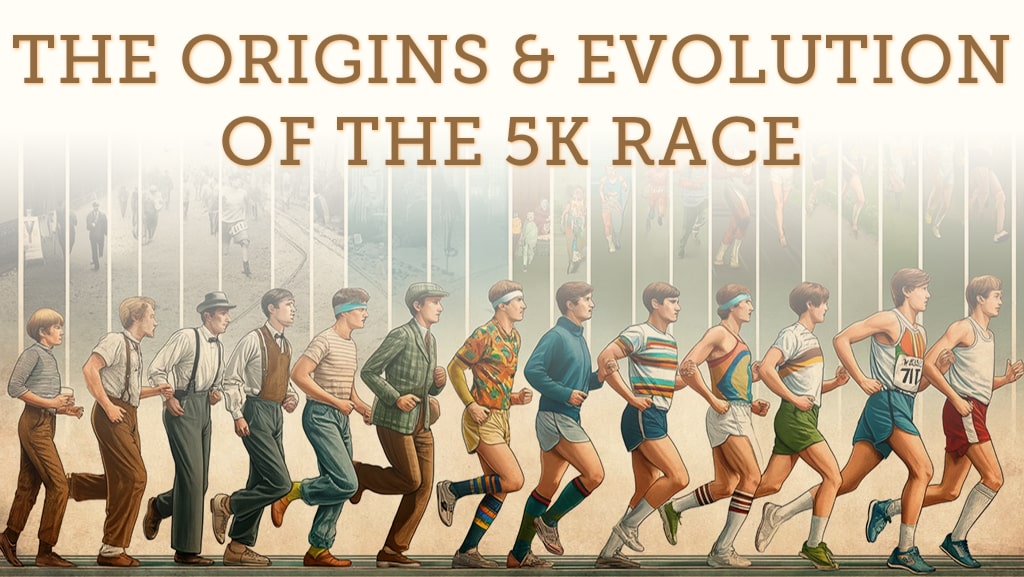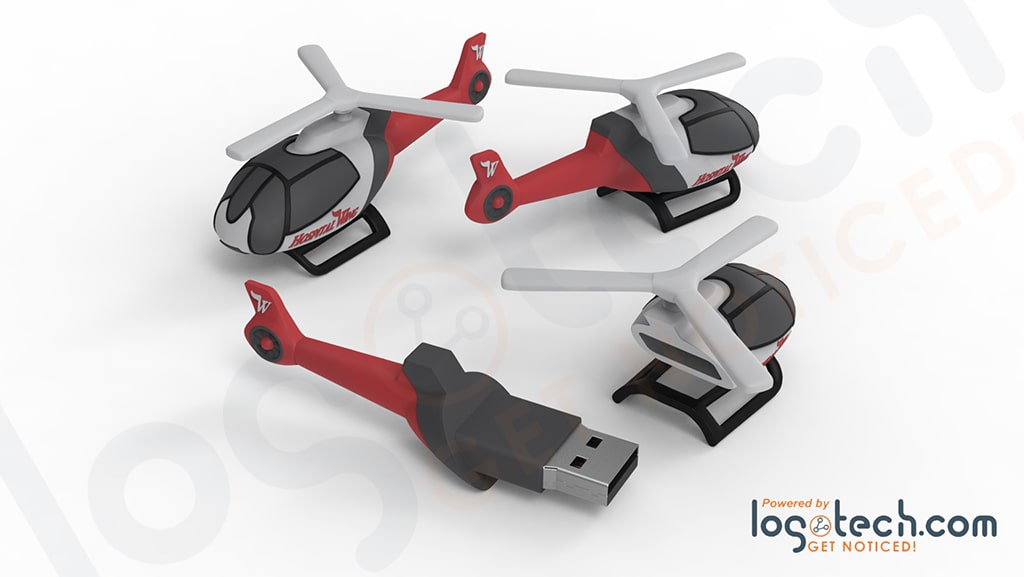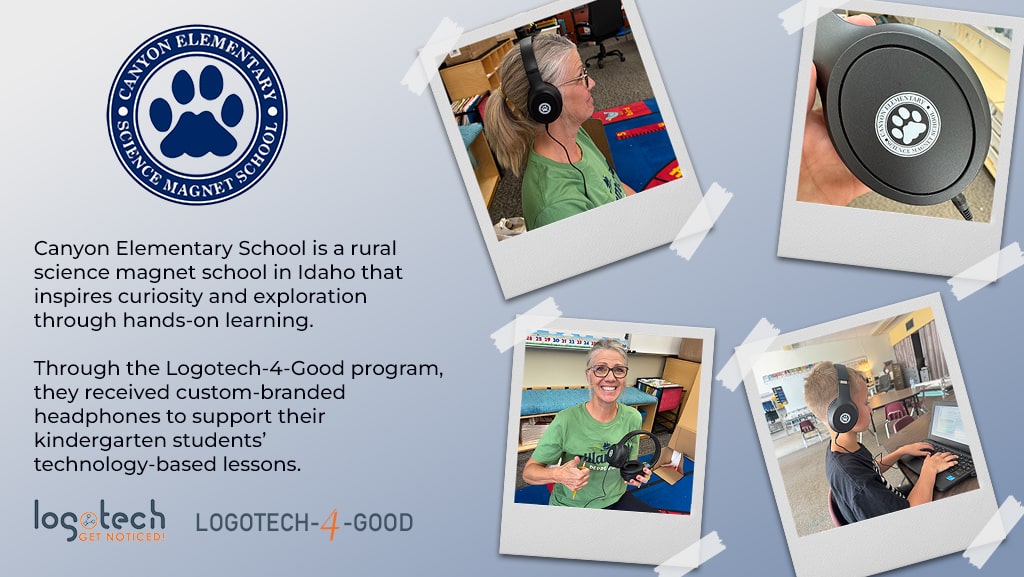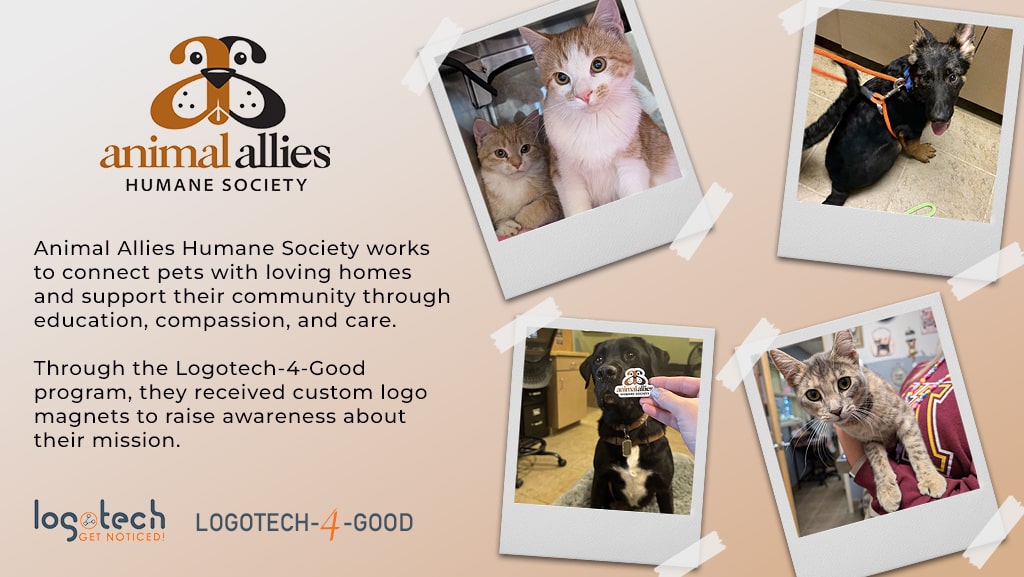
The Origins and Evolution of the 5K Race
From Ancient Greece to Modern Streets: the History of the 5K
The 5K race is more than just a popular sporting event—it's a demonstration of the power of community and personal endurance. Today, millions run (or walk) in these races for health, competition, and to support charitable causes. However, the origins of distance running go back thousands of years, showing its deep roots in human history! Join Logotech as we explore the evolution of the 5K race, tracing its journey from ancient competitions to today's global phenomenon. We'll see the physical challenges runners face and the deep social impact of this beloved race format!
Ancient Beginnings: The Greek Dolichos
Long before the 5K race became a fixture in modern sporting events, the ancient Greeks had a similar long-distance run known as the Dolichos. Held during the prestigious Olympic Games, the Dolichos challenged athletes to a grueling race that stretched approximately 3 miles, mirroring the modern 5K distance. Unlike the shorter, more explosive sprints in the stadium, the Dolichos wound through the Olympic grounds (much like modern 5Ks), offering a scenic, demanding route that tested speed and stamina.
The Dolichos was more than a race; it was a cultural event, often held in honor of the gods, such as Zeus. The Olympic games attracted spectators from all over Greece, turning the race into a communal celebration of athletics. Including the Dolichos in the Olympics shows the ancient roots of long-distance running. The Dolichos tested athletes and brought communities together, setting the foundation for the modern 5K races that continue to unite people worldwide.
The Introduction of the 5000-Meter Race
The first modern Olympic Games were held in 1896, reviving the cultural event from ancient times. The 5000-meter race was introduced at the 1912 Stockholm Olympics, setting a precedent for distance running in modern competitive sports.
This standardization was crucial for the sport's development. It connected various running cultures and traditions, allowing fair and equal competition. It also increased the visibility of distance running, encouraging people worldwide to try the sport. The Olympic platform demonstrated the intense skill and endurance required, inspiring many to take running as a serious pursuit and integrate it into national sporting identities.
Running for a Cause: The Rise of Charity Races
In the 1970s and 1980s, running became a popular personal fitness and community activity. This era saw the birth of charity races, which cleverly combined fitness with fundraising. These events tapped into running's universal appeal, making it accessible to everyone and linking it to philanthropic efforts.
Charity races started small, often organized by local communities to support nearby causes. They quickly became associated with a variety of issues, from health and medical research to environmental conservation. What made these races special was their ability to open up athletic participation to all, regardless of one's fitness level. They highlighted the communal and inclusive nature of running, positioning it as a fun, social activity with the power to effect positive change.
As these events gained popularity, they effectively raised funds and awareness for various causes. This success laid the groundwork for larger, more structured events, like the "Race for the Cure."
The Race for the Cure

The "Race for the Cure" series, launched in 1983, was a pivotal moment in the history of 5K races. It wasn't just a race but a movement aiming to raise awareness and funds for breast cancer research. Starting with just 800 participants in its inaugural event in Dallas, Texas, the race grew exponentially, becoming a global phenomenon and serving as a model for how sports can intersect with charity and social activism.
This event was one of the first charity races that integrated the 5K distance. The success of the "Race for the Cure" inspired countless other charity 5Ks, each leveraging the accessible nature of the distance to draw participants from all walks of life. The race's focus on community and support has set a standard for charity events worldwide, highlighting the profound impact these gatherings can have on individuals and broader societal issues.
The 5K Today: Popularity and Cultural Impact
Today, the 5K is more than a race; it's a cultural staple that appeals to a diverse range of people. From competitive runners seeking a fast-paced challenge to families and community groups looking for a fun and healthy way to spend time together, 5K races cater to all. The proliferation of themed 5K races, such as color runs, obstacle courses, and holiday runs like the Turkey Trot, attests to the versatility and widespread appeal of the 5K format.
The cultural impact of 5K races extends beyond the events themselves. They have become major platforms for promoting health, community cohesion, and charity! As participation continues to grow, these races have also become significant economic drivers in many communities, supporting local businesses and generating tourism.
The 5K race has evolved from ancient times into a modern cultural phenomenon. It's a test of human endurance and a powerful tool for community engagement and social change! From historic races like the Dolichos to charity events like the Race for the Cure, the 5K race has obvious staying power. As we look to the future, the 5K race will undoubtedly continue to be a fixture in communities worldwide. These events offer more than just physical benefits; they connect us to our history, communities, and shared human experience!
Frequently Asked Questions
Q: What should I wear for a 5K race?
A: Comfortable running shoes and weather-appropriate running apparel are recommended.
Q: How long does it typically take to run a 5K?
A: The average time to complete a 5K can vary widely, but generally, it ranges from 20 to 45 minutes.
Q: Can I walk during a 5K race?
A: Absolutely! Many people walk all or part of their 5K races. The event is about participation and enjoyment, not just speed.
Q: How do I recover after running a 5K?
A: Cool down with light stretching, hydrate well, and eat a nutritious meal post-race.








